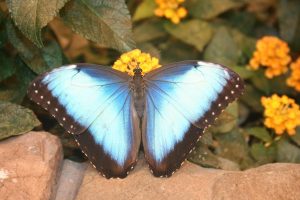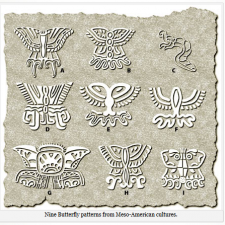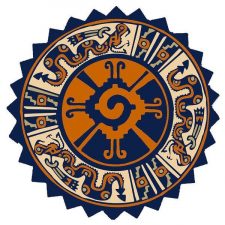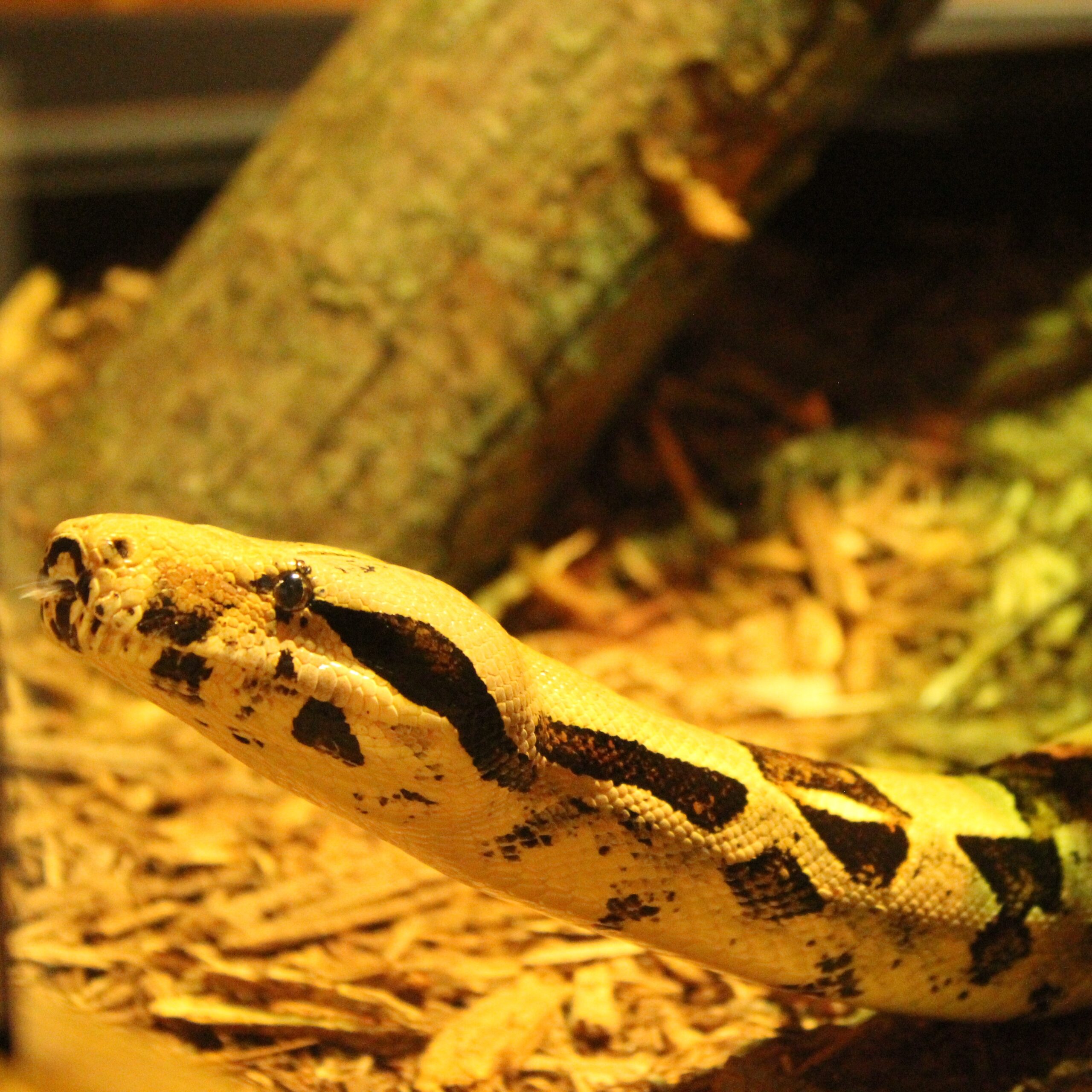
Butterflies have become an integral and fun addition to the Science Center over the past couple of years and as we explore our newest traveling exhibition, Maya: The Hidden World Revealed, we are learning about how butterflies were important to the ancient Maya civilization and the current Maya descendants in Central America.
Then:
Butterflies were important to the Maya people beginning in the early stages of their civilization. They observed the life cycle of the butterfly and equated it to the life cycle of humans. The butterfly exists in four distinct forms throughout its life.

- The egg— Like the child in a mother’s womb, the egg is growing and getting ready to enter the world.
- The caterpillar—From our day of birth, we are like the caterpillar which eats and creeps along from day to day.
- The pupa—at death, we are like the dormant pupa in its chrysalis waiting to be ready for our next transformation.
- The butterfly—As the butterfly emerges from the chrysalis, it symbolizes our spirit as it emerges from the cast off body.
The ancient Maya believed that butterflies were the spirits of their ancestors coming to visit them and assure them all is well. These butterflies flew around the house and around bouquets of flowers. The Maya people considered it ill-mannered to smell a bouquet of flowers from the top; it would always be sniffed from the side, for the top was left for the souls to visit. Butterflies were also always treated with care and respect or else the spirit of their ancestors would seek vengeance upon the family.

Maya scholars have also discovered references to a god called Hanab Ku, which is referred to as the “Galactic Butterfly” or the “One God”. This Galactic Butterfly reportedly represented the consciousness of all living things including animals, plants, people, and the consciousness that organized raw materials into the stars, planets and solar systems. The Maya people were pioneers in the study of astronomy and saw the Galactic Butterfly as a symbol of the continued life of our spirits after death in connection with the universe around us.
Now:
While the ancient Maya civilization is technically no longer, the Maya people are still a strong part of Central America today. These people still have a very close connection to the natural world and butterflies. Along with many others in tropical regions, the modern Maya people have turned to butterfly farming as a way of life.
Butterfly farming is the breeding of pupae for sale to zoos and live exhibitions all over the world. These farms provide an alternative, sustainable income to the rural communities. Successful farming of butterflies depends on the native vegetation of the area to provide a healthy habitat for these species. As a result, butterfly farmers are encouraged to conserve their forests, instead of clear cutting them for agricultural farms or commercial purposes, a great sustainable industry that is helping preserve forests in the area.
 Here at the Connecticut Science Center, we source our own pupae in the Butterfly Encounter through butterfly farms such as Costa Rica Entomological Supply. This farm provides us with many of our most popular and beautiful butterflies from the Central America region, such as the Blue Morpho, the Mexican Bluewing, and many of the Heliconius Longwings. Through our Butterfly Encounter we are able to provide income to the rural communities who raise the pupae, but also establish a new ecotourism attraction that helps support education activities for students and the public alike. Our goal is to use the butterflies to teach about many biological principles and provide an opportunity to address nature conservation awareness.
Here at the Connecticut Science Center, we source our own pupae in the Butterfly Encounter through butterfly farms such as Costa Rica Entomological Supply. This farm provides us with many of our most popular and beautiful butterflies from the Central America region, such as the Blue Morpho, the Mexican Bluewing, and many of the Heliconius Longwings. Through our Butterfly Encounter we are able to provide income to the rural communities who raise the pupae, but also establish a new ecotourism attraction that helps support education activities for students and the public alike. Our goal is to use the butterflies to teach about many biological principles and provide an opportunity to address nature conservation awareness.
So, as we spend more time outside enjoying the sunshine this spring and celebrate Earth Day this week, keep your eyes open for some native butterflies in your area that might be flying around or feeding on some of the newly bloomed flowers and think about how such a small and delicate creature has impacted our lives over so many generations.
Stay connected! Be sure to subscribe to Down to a Science— The Official Blog of the Connecticut Science Center and follow us on social media.

Kaila Ringgard is a Public Programs Educator at the Connecticut Science Center. She holds a degree from University of Massachusetts Amherst in Geology and Liberal Sciences. In her role at the Science Center, she creates and performs demonstrations for visitors that highlight many different fields in science and STEM careers. She is also responsible for taking care of the many reptiles and insects we have onsite, including our butterflies. You can usually find her in our galleries wearing a tie-dye lab coat with fun experiments and often an interesting animal you can meet.


